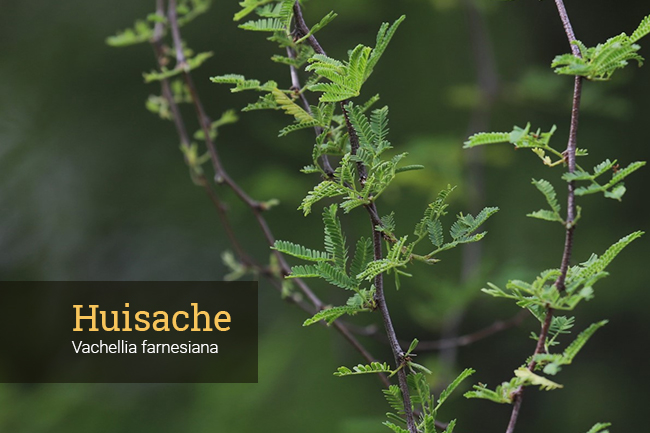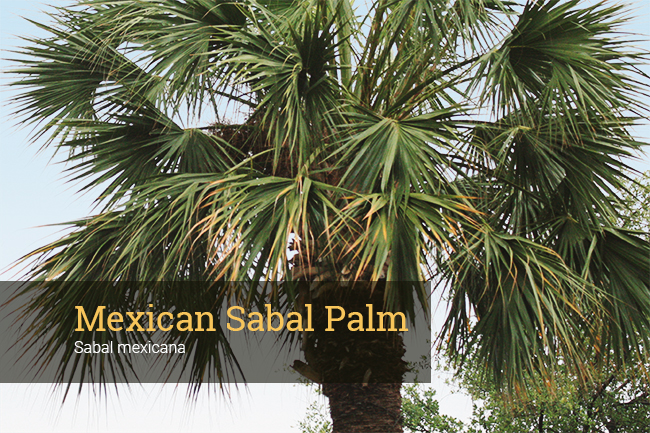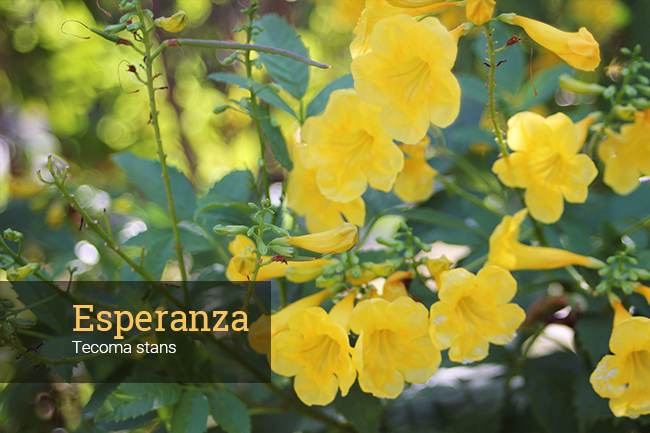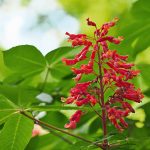As below-freezing temperatures head our way, keep in mind how our landscapes fared after last year’s brutal winter weather.
Nearly one year ago we experienced some of the harshest winter weather on record, as well as power and water outages, icy roads and pipes frozen solid. Some of our plants suffered too.
Now as below-freezing temperatures aim for states from the middle of the country — including Texas — all the way to the East Coast, keep in mind how our landscapes fared after the storm.
Many plant experts expected mortality among some species, but the resiliency of native species and some non-native species surprised everyone.
Here’s what we learned.
Plants To Avoid
These are non-native species are mostly found in subtropical and tropical environments. If a species label says USDA zones 9-12, let it go.
| Palms including queen, royal, pindo and Mexican fan palm had 99.9 percent mortality All viburnums except local natives such as rusty blackhaw Rosemary ‘prostrate’ Italian cypress Huisache (yes, a native species) Bamboo Aztec grass/flax lily Limes, grapefruit, orange |

Plants To Encourage
Native species from Central and South Texas. From agarita to zexmenia, native species were not fazed.
| California fan palms and all sabal palms. |

Plants That Pleasantly Surprised Us
Primarily non-native species that required a bit of patience. (Okay, a lot of patience.)
| Sago palm Bottle brush Cape plumbago Rosemary ‘upright’ Esperanza Pride of Barbados Pittosporum Shrimp plant Mexican honeysuckle Thryallis |

Maintenance
New tissue, whether flower or stem, will die from a severe freeze, but it may take several months. It’s best to wait until May or June before making any pruning decisions.
Extra water, fertilizer, or molasses does nothing to facilitate or help the process. Continue everything in moderation. Patience is a virtue. Never fertilize a stressed plant. Fertilize only 10-12 months after a major freeze or drought event.
Most importantly, 48-72 hours before a freeze event, pile woodchips or leaves around the base of your plant, tree or hose bib. Mulch works just as good or better than store-bought materials.




